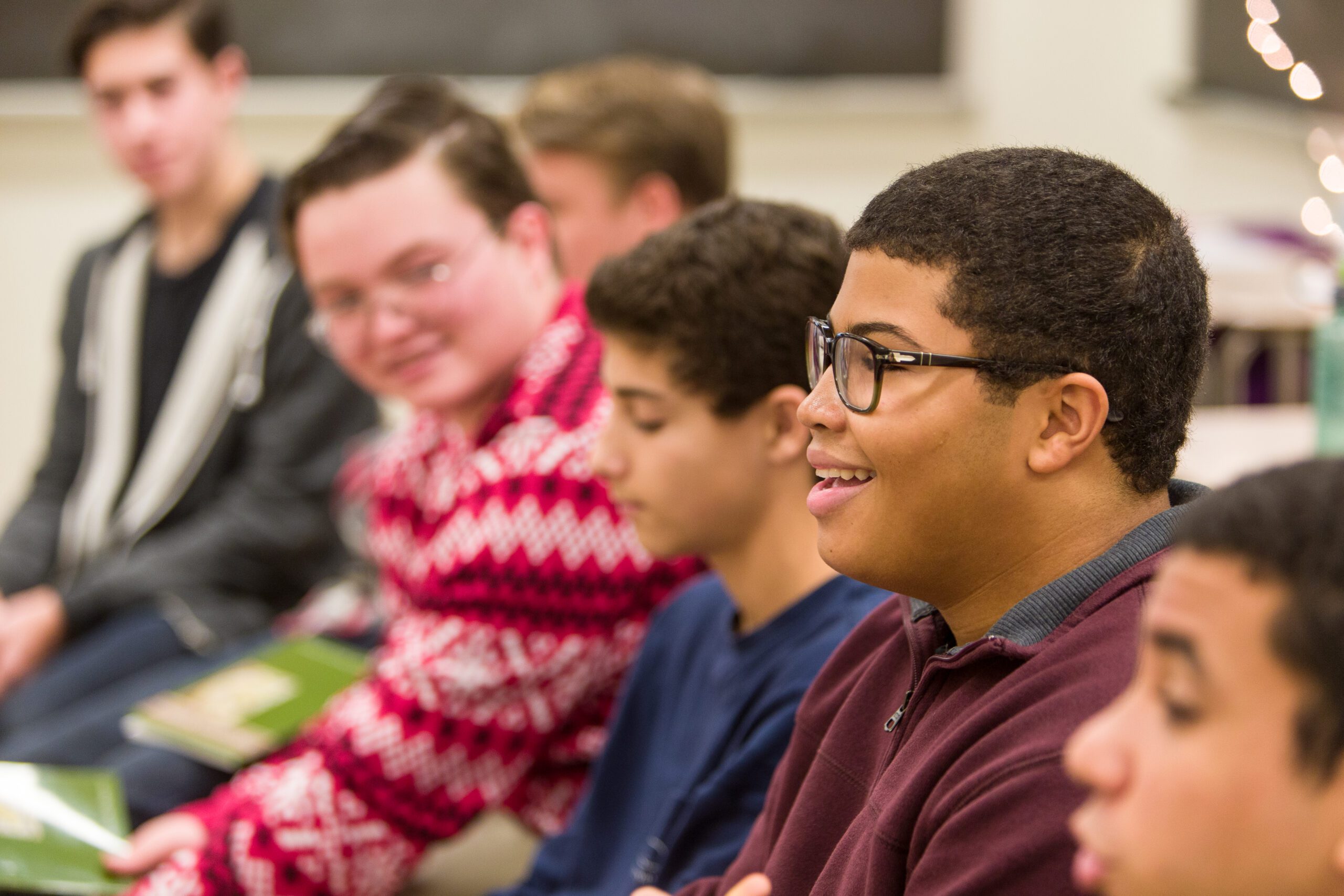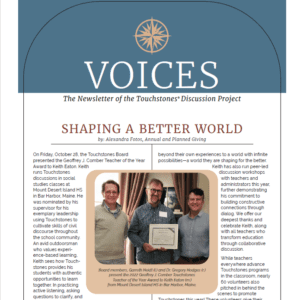by Sharon Thomas, Director of K-12 and Family Engagement Programs
Across generations and across cultures, schools traditionally have been top-down institutions. Schools are, after all, filled with minor children who need responsible adults providing them with environments that are physically and psychologically safe. Caring for other people’s children all day long is an overwhelming responsibility, one that causes educators to have a quasi-parental attitude and role in children’s lives. The law backs this up: adults in school buildings carry the weight of the legal designation in loco parentis—the adults in schools must always act as a responsible parent would for all of the children in the school’s care.
Educators embrace this responsibility, but it is also terrifying. Willingness to accept responsibility for other people’s children is a kind and loving trait, but it has a downside. That downside is the need for control. The part of our brains that allows us to feel parental toward other people’s children also tells us, “This is all on you. You have to make all the decisions. You are caring for children here, so you cannot falter. Control everything. Make unbendable rules. Eliminate all variables.”
Educators often don’t see their own growing inner control freaks, but students do. They hear messages of unintended control all day long: the sound of bells regulating their movements, the commands of “Be quiet” and “Raise your hand” and “Don’t speak until I call on you” are more often than not a constant refrain from preschool through college.
Classroom management data around the globe tell us that students are overwhelmingly compliant with these commands, especially those regarding human conversations. They grow into adults who defer to (and are largely silent around) figures of authority, who still think they need to raise their hands to speak in professional conclaves, who shy away from difficult conversations for fear of “getting into trouble.” People who don’t follow those classroom rules into adult life are often viewed as “loud,” “crass,” or “impolite,” and they dominate conversations at work as much as they did in school. Quieter, more rule-following adults often go silent in conversations with those dominating voices and can feel powerless and resentful.
Educators don’t intend to shut anyone out of conversations. They express great concern about kids who “always talk” and kids who “never talk.” In those frustrating moments of classroom conversation, though, where the same students always raise their hands and the perceived “quiet kids” say nothing, educators feel safe when getting a “right” answer from anyone, anywhere (even if it’s the same child over and over) to feel like what has been taught has been learned, to feel that the universe is in control.
Touchstones asks students and teachers to go in a different direction. In Touchstones discussion circles, many of those old rules no longer apply. Students learn to come in and out of conversations more naturally, without hand-raising and without a focus on merely giving the “right answer.” The Touchstones text is an important catalyst for conversation, but what’s happening among the students and how they’re interacting is the priority, not the text itself.
When first implementing Touchstones with my high schoolers, I was uncertain about the process to the point of being anxious about it. No hand raising? Not viewing the text as the be-all/end-all goal of conversation? Gradually releasing my control to students? For a traditionally trained English teacher, that all sounds a lot like anarchy. But, in deference to authority, I tried it, and guess who were the first students in my first Touchstones discussions to speak? The ones who had always been quiet. Changing the discussion process changed their feelings of safety in discussion. They felt safe, at last, to speak.
Sure, the students who had always dominated discussions in class were frustrated in now having to make room for other voices, but with time and practice, they did. Over time, the students began focusing more on the safety of their classmates than they ever had, and they learned to have more natural and humanizing conversations about challenging topics.
Children bring out the inner control freak in most adults. The love and care behind that stance masks the fact that control can also cause us to underestimate and infantilize the children we want to empower. To help the next generation be much more effective in not only talking to each other but also listening to each other, to develop the best path through a difficult situation instead of just waiting for someone else to have the “right” answers, we need students who have the tools to take control of themselves.




 Join the
Join the